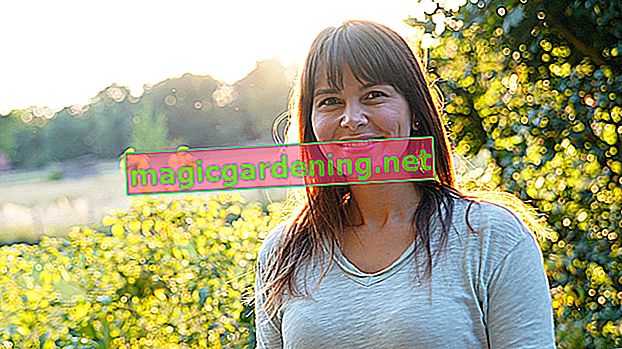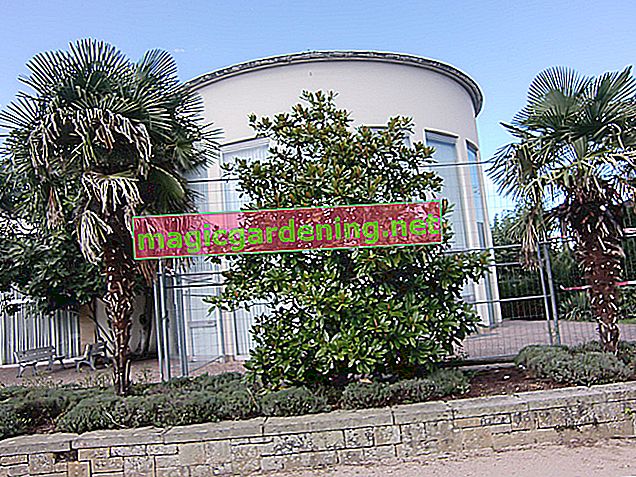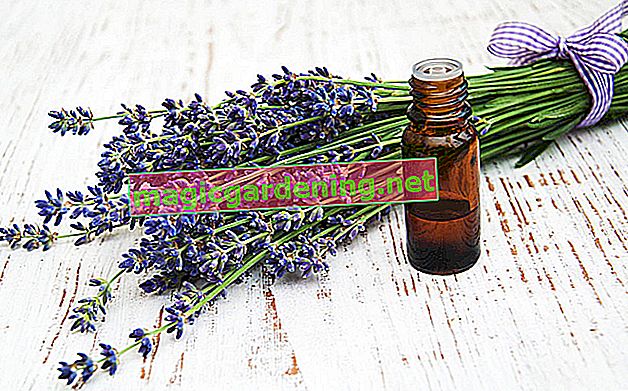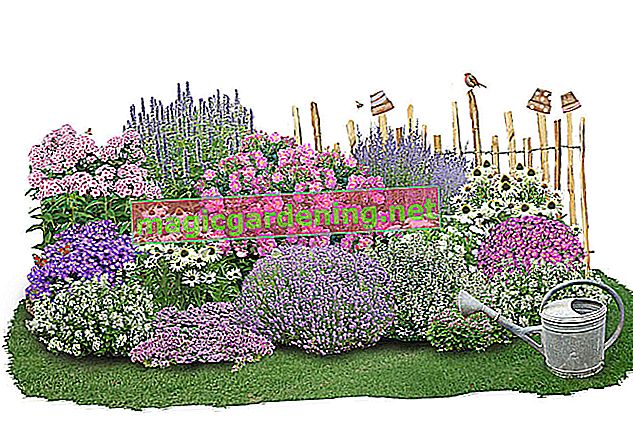
Wrong location
African violets do not like direct sunlight. They much prefer to stand in partial shade. When exposed to the ruthless midday sun, they stop blooming. Locations at the north, east or west window are well suited.
also read
- Are African Violets Poisonous or Not?
- Which location does the African violet justice?
- Caring for African violets - not to be underestimated
Furthermore, these plants do not like cool locations and certainly do not like drafts. When the temperature is around 18 ° C, hardly any flowers are produced. If the temperatures continue to fall, flowering will stop completely.
Even if the African violets stand on the bright window sill in the warm living room, they may not bloom. The reason is often that the plant's feet are too cool. The window sill cools down quickly due to its proximity to the window. This can be remedied by insulating materials such as a wooden board under the African violet pot.
Water shortage and poor water quality
Another reason can be incorrect casting. African violets need a slightly moist soil. It is therefore not a suitable location for them above a running heater, as the earth quickly dries out there. Warm and lime-free to lime-free water is used for watering. Stale or decalcified tap water or rainwater are ideal.
Lack of nutrients
A lack of nutrients can also prevent flowering. African violets should be fertilized with liquid fertilizer every 2 weeks. This is particularly important in the period between March and September. In addition, these houseplants should be repotted and placed in a new substrate as soon as the pot is completely rooted.
Diseases and / or pests
Last but not least, diseases and pests can also cause flower failure. African violets, among others, are often afflicted by the following diseases and pests and weakened so that they can no longer bloom:
- Spider mites
- Aphids
- Mealybug
- Mealybugs
- Small leaves
- Mosaic disease
- Root rot
Tips & Tricks
Do not plant African violets in too large a pot. They do develop a large root system in them. But the flower loses its priority.








